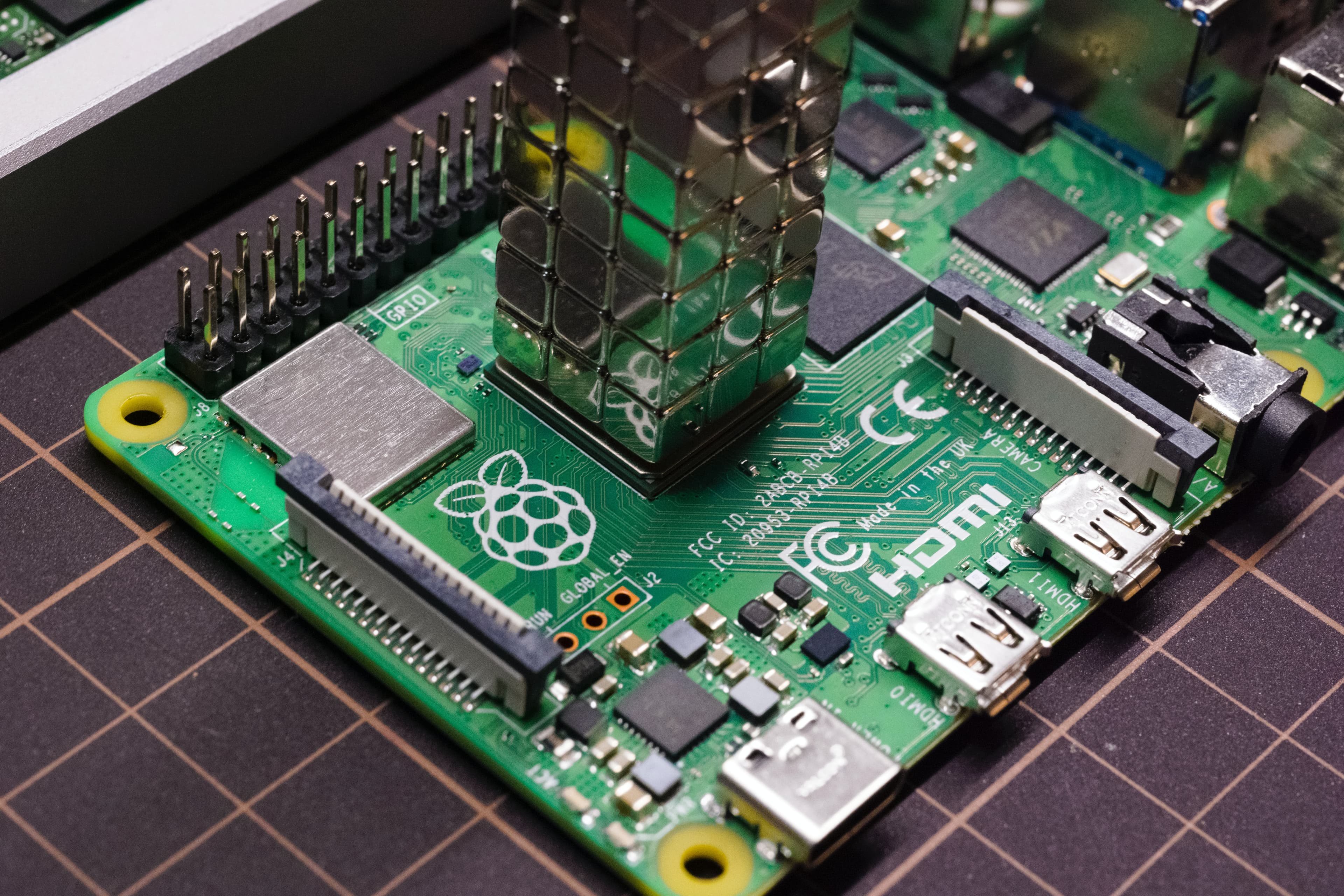The New Raspberry Pi 5: What's the Buzz?
Hey, fellow geeks! You've probably heard the buzz by now—the Raspberry Pi 5 is dropping, and man, does it pack a punch! This tiny but mighty board is pushing the boundaries of what a budget computer can do.
Let's start with the star of the show, the new Broadcom BCM2712 quad-core 64-bit Arm Cortex-A76 processor. Designed in-house in Cambridge, UK, this chip is like Iron Man's arc reactor compared to the Raspberry Pi 4's Double-A battery. We're talking about 2-3 times the speed and even less power consumption. Yup, you heard it right; this baby runs cooler than your average gaming console during an all-nighter.
The Specs, the Glory!
- Processor: 2.4GHz quad-core 64-bit Arm Cortex-A76 CPU
- GPU: VideoCore VII, supporting OpenGL ES 3.1, Vulkan 1.2
- RAM: LPDDR4X-4267 SDRAM (4GB and 8GB models)
- Connectivity: Dual-band 802.11ac Wi-Fi, Bluetooth 5.0
- Ports: 2 × USB 3.0, 2 × USB 2.0
- Extras: PCIe 2.0 x1 interface, 40-pin GPIO header, Real-time clock, Power button
What about the graphics, you ask? Hold on to your butts because the VideoCore VII GPU has gotten twice as powerful. It's like jumping from the PS2 to the PS4 but for pocket money. So, go ahead and plan on dual 4Kp60 displays for your next project; this Pi can handle it.
Fresh Additions and More Improvements
Now let's talk about the RP1, the new I/O controller for the Raspberry Pi 5. It's your friendly neighborhood Spider-Man, swinging around to provide support for various interfaces. Not only does it manage USB 3.0 and 2.0, but it also controls the Gigabit Ethernet.
Plus, there's a PCIe lane. That's right, a freaking PCIe lane! Imagine being able to hook up high-bandwidth devices directly to your Raspberry Pi 5. The RP1 also takes care of the MIPI transceivers for the camera and display. It’s basically the Jarvis to your Raspberry Pi's Iron Man suit.
Wait, there's more! SD card speeds have doubled, and you won't have to go through that awkward dance of pulling the plug to shut down your Pi anymore because guess what, there's a power button now!
Price, Case and Availability
Of course, with great power comes... a slightly higher price. The 4GB model is priced at $60, and the 8GB one is $80. If you're thinking of using your old Raspberry Pi 4 case, don't bother. The port layout has changed, which means it's time for a new case.
If you're itching to get your hands on this, the Raspberry Pi 5 is available for pre-order, and shipping starts in October.
How to Set Up Your First Raspberry Pi
So, you're hyped about the new Pi and want to dive in? Awesome! Here's a quick setup guide for the Raspberry Pi newbies out there.
- Download an OS: Grab the latest Raspberry Pi OS from the official website.
- Burn the OS: Use software like Etcher to write the image onto a microSD card.
- Connect the Essentials: Hook up a keyboard, mouse, and display.
- Power It Up: Use a USB-C power supply and wait for the boot sequence.
- Initial Configuration: Follow the on-screen steps for language, network, and other settings.
- Start Hacking: Open the terminal and start playing around.
Alright, that should cover the basics. Now go forth and create, you tech wizards!
There you have it, folks! Your deep-dive into the next-gen tech that is Raspberry Pi 5 and a quick how-to guide to get you started on your Pi journey. Time to make those awesome projects even more epic! 🚀
